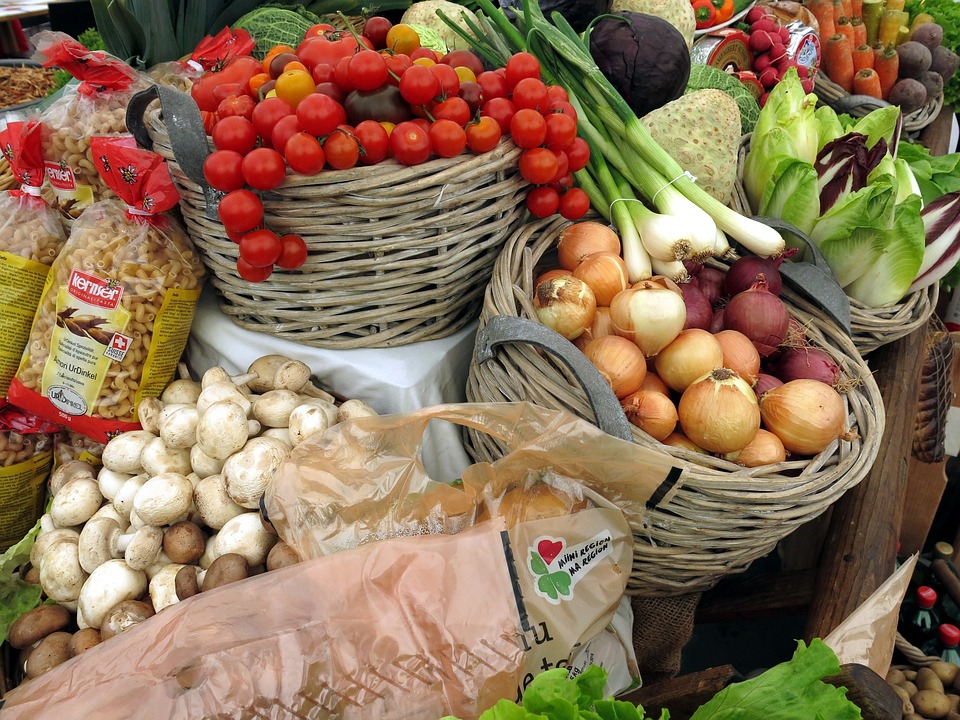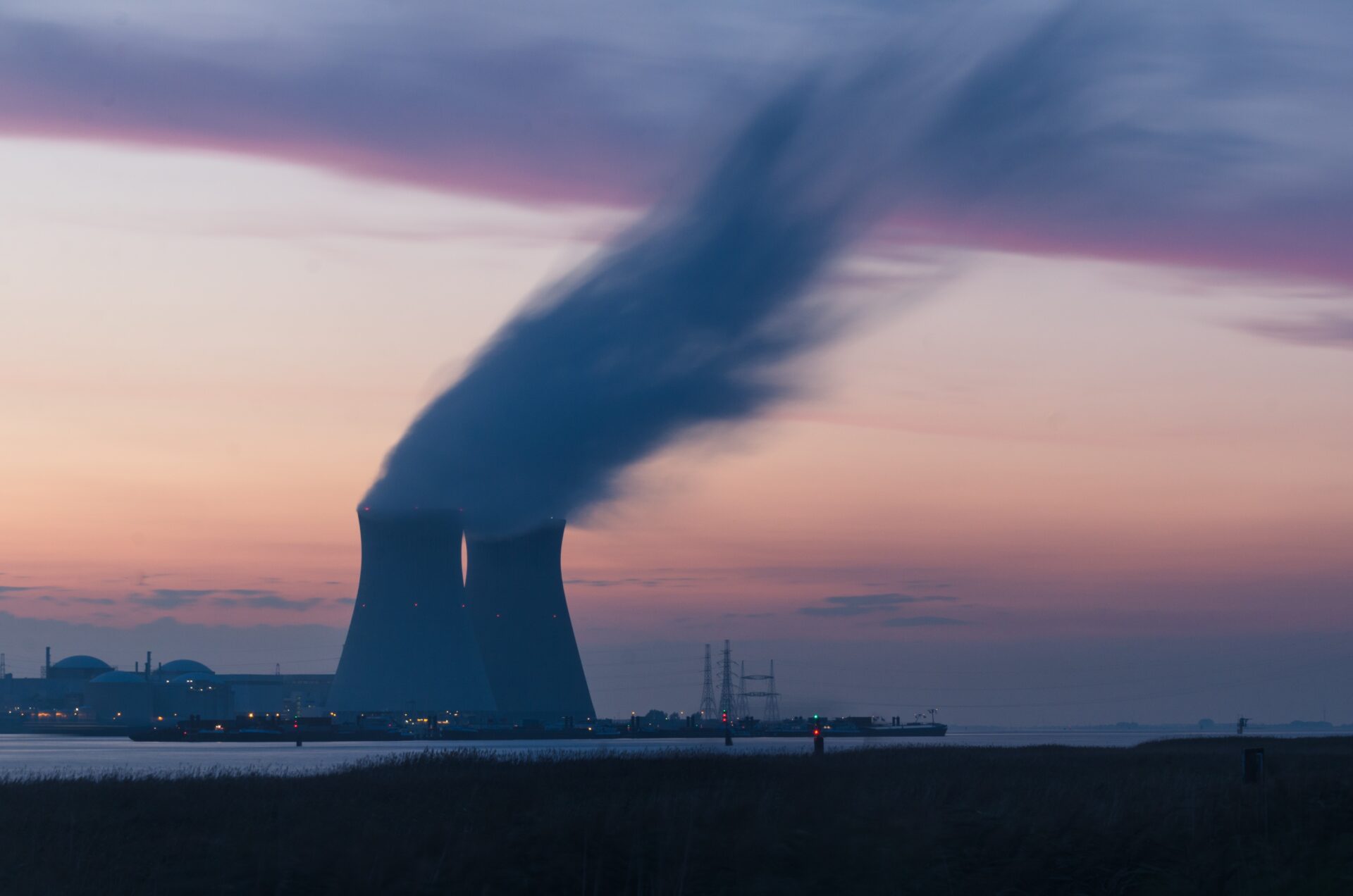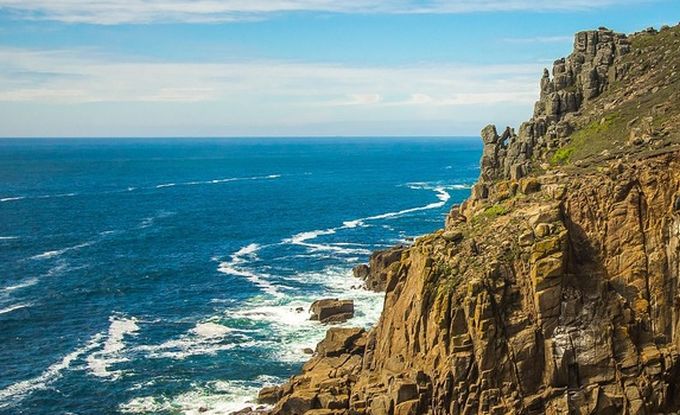
Samsonite has introduced a new sustainable material that involves knitting together recycled plastic.
The travel luggage company says its innovative Neoknit product will enable a new generation of sustainable luggage to be made – it works by threading 100% recycled plastic bottle yarn together, minimising the cuts needed on each panel and helping reduce the amount of waste produced during the manufacture of the bag.
Samsonite says products made of the material can be recycled again and again into new bags, enabling a fully circular process.
Don Wilson, Design Director Europe, said: “At Samsonite, we have been curious about the knitting technique for some time.
“We have seen the benefits of its usage in the apparel and shoe industry and when you think about it, it is a really smart way to produce a durable fabric product. With the Neoknit collection, we are really pushing the boundaries of construction and what it means to create bags in a more sustainable way.”
Source: Energy Live News



